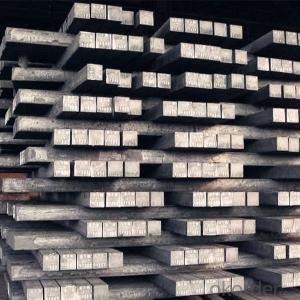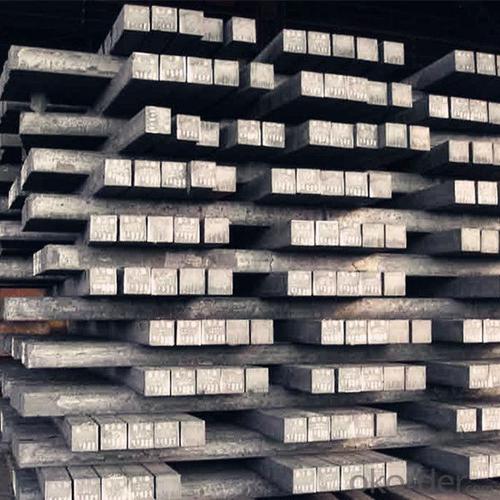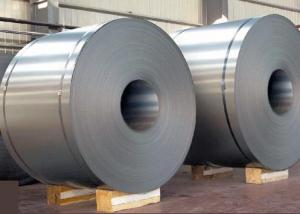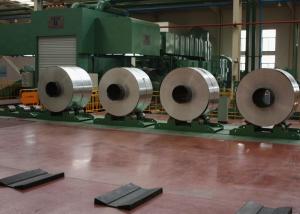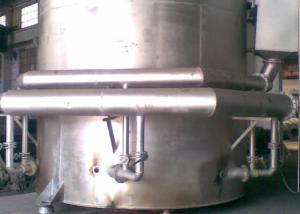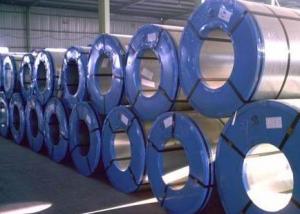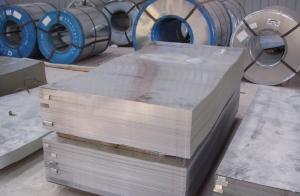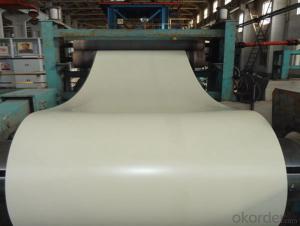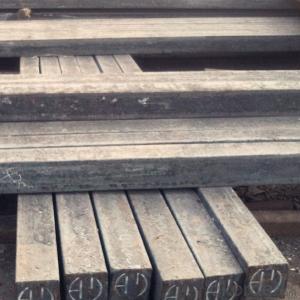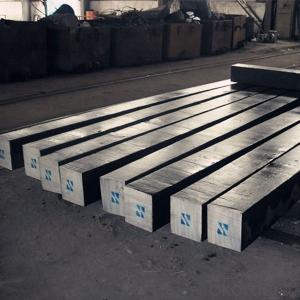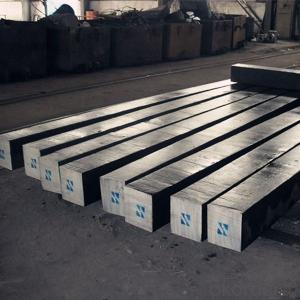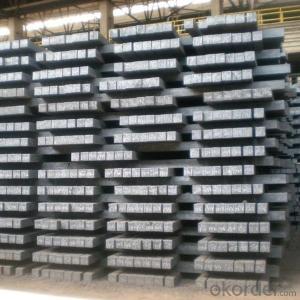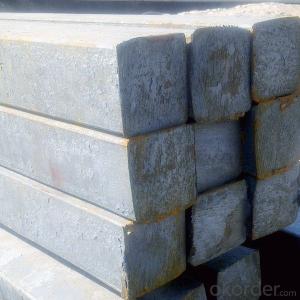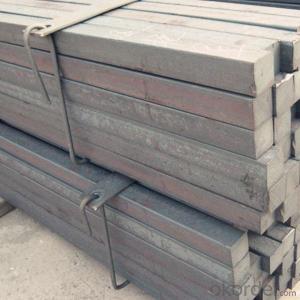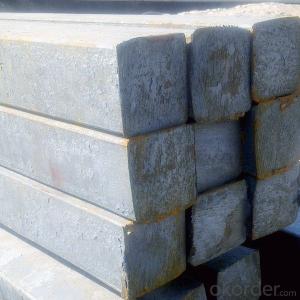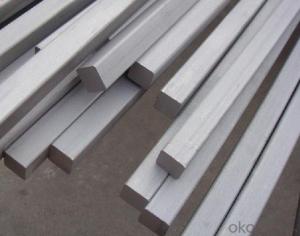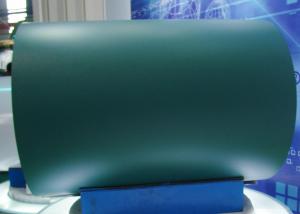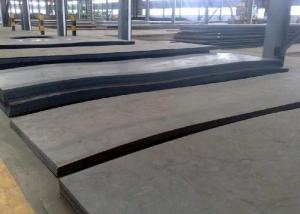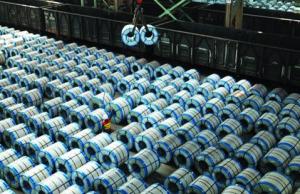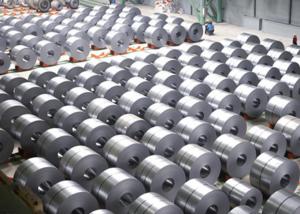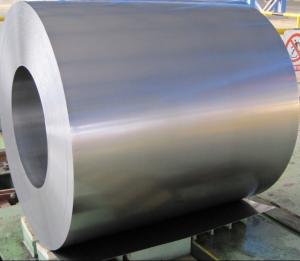3sp,5sp chrome alloy square steel billet
- Loading Port:
- China main port
- Payment Terms:
- TT OR LC
- Min Order Qty:
- 20 m.t.
- Supply Capability:
- 10000 m.t./month
OKorder Service Pledge
OKorder Financial Service
You Might Also Like
Specification
square steel billets 3sp & 5sp grade
Specifications
square steel billets
1)We procure world class quality steel billets which meets the specific requirements of the clients
The Billets produced by the company can be broadly divided into three main types i.e.
1 M.S. Billets
2 CRS Billets
3 Special Alloy Billets
M.S. Billets are used for rolling of TMT Re-Bars of Fe415 and Fe500 Grade and various other structural steel products.
CRS Billets are used fro rolling of CRS TMT Re-Bars.
Special Alloy Billets are used for rolling of any special grade TMT Re-Bars like Earthquake resistant TMT Re-Bars and for special grade structural steel products.
The following are the sizes of Billets available with Shyam Steel Industries Ltd.:
100 X 100
125 X 125
150 X 150
Physical Properties:
Description | As per IS 2830 | Shyam Billets |
Bend (max.) | 5 mm per meter | >= 5 mm per meter |
Carbon (max.) | 3mm per meter | >= 3 mm per meter |
Length | 3 mt - 13 mt | 3 mt - 9 mt |
Chemical Properties:
Ladle Analysis: | ||
Designation | Carbon | Manganese |
C15 | 0.12-0.18 | 0.30-0.60 |
C18 | 0.15-0.21 | 0.30-0.60 |
C20 | 0.17-0.23 | 0.30-0.60 |
C15 MMn | 0.12-0.18 | 0.60-1.00 |
C18 MMn | 0.15-0.21 | 0.60-1.00 |
C20 MMn | 0.17-0.23 | 0.60-1.00 |
C15 HMn | 0.12-0.18 | 1.00-1.50 |
C18 HMn | 0.15-0.21 | 1.00-1.50 |
C20 HMn | 0.17-0.23 | 1.00-1.50 |
Billets of different designations are manufactured in three different grades namely A, B, C having sulphur, phosphorous content (on ladle analysis) and carbon equivalent as follows:
Chemical Analysis: | |||
Grade | Sulphur | Phosphorous | Carbon Equivalent (CE)1 |
Max | Max | Max | |
A | 0.05 | 0.05 | 0.42 |
B | 0.045 | 0.045 | 0.41 |
C | 0.04 | 0.04 | 0.39 |
The Detail of Product
Name: | steel billets |
LENGTH: | 6 meter to 12 meter (+ 50mm) |
Size: | 100*100, 120*120, 150*150, 200*200 |
Grade: | 3SP,5SP,Q235,20MnSi. |
Shape: | Square, Round |
Technique: | Hot-Rolled |
Standard: | ASTM/GB |
BENDING | No more than 5mm in 1 meter |
ANGULAR TWIST | No more than 1 degree per meter and not more than 6 degree over 12 meter length. |
Chemical composition | C, Si, Mn, P, S, N, etc |
Chemical Properties
Size | 60*60/90*90/100*100/120*120/150*150 |
Length | 6000mm-12000mm |
Standard | GB |
Applicaton | To produce bars or other applications |
Grade | Q195/Q235/Q275/3SP/5SP/20MnSi |
Packing terms | TT/LC |
Package | Mill's standard packing or as client's requirment |
Delivery time | Within 10-30 days after receiving the deposit or LC |
Chemical Comosition
Standard | C(%) | Mn(%) | S(%) | P(%) | Si(%) |
Q195 | ≤0.12 | ≤0.50 | ≤0.040 | ≤0.035 | ≤0.30 |
Q235 | ≤0.20 | ≤1.40 | ≤0.045 | ≤0.045 | ≤0.35 |
Q275 | ≤0.22 | ≤1.50 | ≤0.045 | ≤0.045 | ≤0.35 |
20MnSi | 0.17-0.25 | 1.2-1.6 | ≤ 0.050 | ≤ 0.050 | 0.40-0.80 |
3SP | 0.14-0.22 | 0.40-0.85 | ≤ 0.050 | ≤ 0.040 | 0.05-0.15 |
5SP | 0.28-0.37 | 0.50-1.00 | ≤ 0.050 | ≤ 0.040 | 0.15-0.30 |
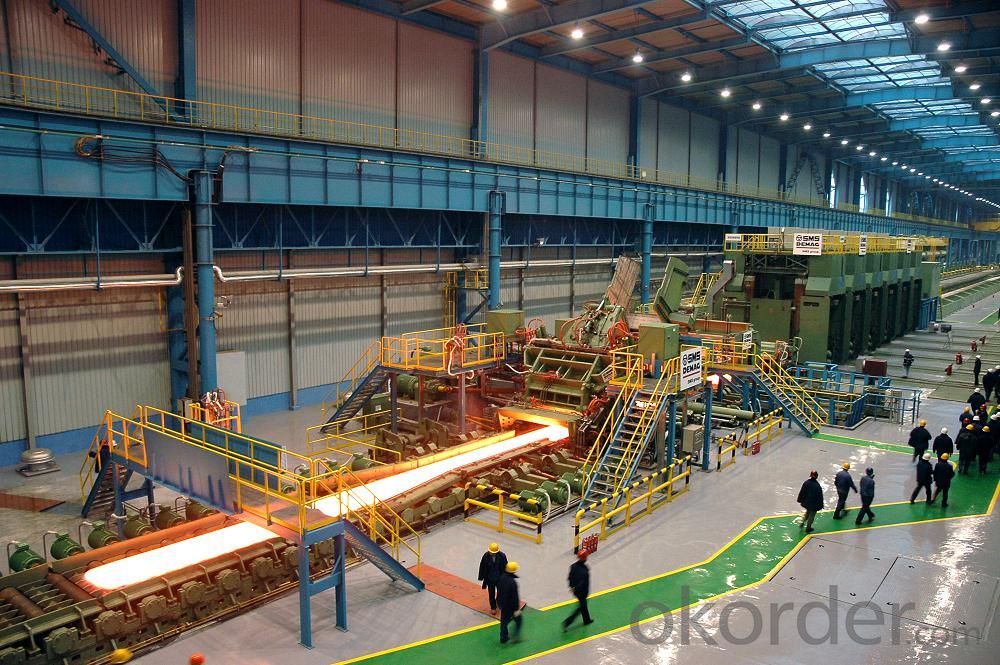
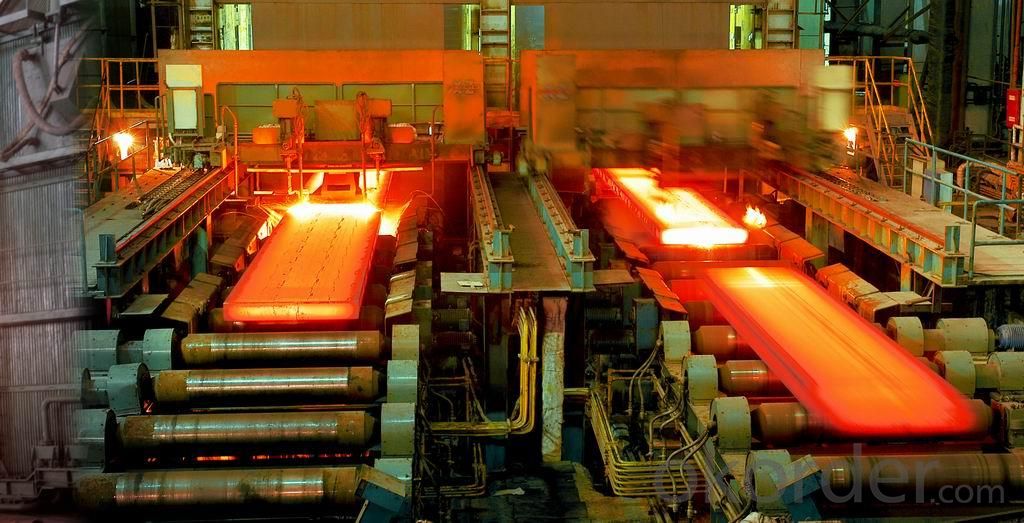
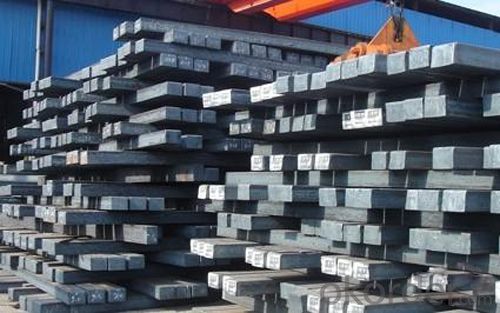
- Q: What are the different types of steel tubes and their uses?
- There are several different types of steel tubes, each with their own unique characteristics and uses. Some common types include seamless tubes, which are often used in high-pressure applications such as oil and gas pipelines, automotive components, and machinery parts. Welded tubes, on the other hand, are created by welding or bending a flat steel strip into a tubular shape and are commonly used in construction, furniture manufacturing, and transportation industries. Additionally, galvanized tubes are coated with a protective layer of zinc to prevent corrosion and are commonly used in outdoor structures and plumbing systems. Lastly, stainless steel tubes are highly resistant to corrosion and are used in a wide range of applications, including medical equipment, food processing, and chemical industries.
- Q: What are the properties of weathering steel for outdoor sculptures?
- Weathering steel, also known as corten steel, is highly desirable for outdoor sculptures due to its unique properties. Firstly, it has excellent corrosion resistance, as it forms a protective layer of rust on its surface when exposed to the elements. This layer acts as a barrier, preventing further corrosion and eliminating the need for additional protective coatings. Additionally, weathering steel has high tensile strength, making it sturdy and durable for withstanding harsh weather conditions. Another notable property is its aesthetic appeal, as the rust-colored patina of weathering steel adds a distinct and natural beauty to outdoor sculptures. Overall, the properties of weathering steel make it an ideal choice for outdoor sculptures, providing both functionality and visual appeal.
- Q: What are the factors to consider when choosing the right steel product for a specific application?
- When choosing the right steel product for a specific application, several factors need to be considered. These factors include the required strength and durability, corrosion resistance, cost-effectiveness, ease of fabrication and installation, availability, and environmental impact. Additionally, factors such as weight, aesthetics, and compatibility with other materials or systems may also play a role in the decision-making process. Overall, understanding the specific requirements of the application and evaluating the various characteristics of different steel products is crucial in making an informed choice.
- Q: How do steel products contribute to the electrical and power transmission sector?
- Steel products play a crucial role in the electrical and power transmission sector by providing the necessary infrastructure to support and transmit electricity efficiently. Steel is used in the construction of transmission towers, poles, and substations, which form the backbone of power transmission networks. These products provide the necessary strength and durability to withstand extreme weather conditions and support high-voltage power lines. Additionally, steel is also used in the manufacturing of electrical transformers, generators, and turbines, which are essential components of power generation and distribution systems. Overall, steel products contribute significantly to the reliability and effectiveness of the electrical and power transmission sector.
- Q: What are the different types of steel wire ropes and their uses in mining operations?
- There are several types of steel wire ropes commonly used in mining operations. The most common ones include regular lay ropes, lang lay ropes, and compacted ropes. Regular lay ropes have a traditional construction with wires laid in a regular pattern. These ropes are versatile and widely used in various mining applications, such as hoisting, hauling, and lifting. Lang lay ropes have a construction where the wires are laid in a different pattern, resulting in increased flexibility. These ropes are suitable for applications that require flexibility and resistance to bending fatigue, such as underground mining and tunnelling. Compacted ropes are designed to have a higher strength-to-diameter ratio compared to regular lay ropes. They are commonly used in heavy-duty mining operations where high breaking strength and durability are essential. In mining operations, steel wire ropes are used for various purposes, such as hoisting and lowering equipment, transporting materials, and supporting structural components. They provide the necessary strength, flexibility, and durability to withstand the demanding conditions found in mining environments.
- Q: How are steel plates heat-treated for improved strength?
- Steel plates are heat-treated for improved strength through a process called quenching and tempering. This involves heating the steel plates to a specific temperature and then rapidly cooling them in a liquid, such as oil or water, to harden the material. After quenching, the plates are then reheated to a lower temperature and held there for a certain period to reduce the internal stresses and increase toughness. This heat treatment process enhances the strength, hardness, and durability of the steel plates, making them suitable for a wide range of applications.
- Q: What are the different grades of tool steel and their applications?
- Tool steel is a type of high-quality carbon or alloy steel that is specifically designed for use in the manufacturing of tools and machinery parts. There are several different grades of tool steel, each with its own unique properties and applications. Some common grades include: 1. O-1 Tool Steel: This grade is known for its excellent hardness, wear resistance, and toughness. It is commonly used in making cutting tools, punches, and dies. 2. A-2 Tool Steel: A-2 grade offers good wear resistance and machinability. It is often used in applications requiring high production rates and precision, such as forming dies and precision measuring tools. 3. D-2 Tool Steel: D-2 grade is a high-carbon, high-chromium, and high-molybdenum steel. It exhibits excellent wear resistance and can retain its hardness even at high temperatures. It is widely used in making cutting tools, shear blades, and cold work punches. 4. H-13 Tool Steel: H-13 grade is a hot work tool steel with excellent heat resistance and high toughness. It is commonly used in applications that involve high temperatures, such as die casting, extrusion, and hot forging. 5. M-2 Tool Steel: M-2 grade is a high-speed tool steel known for its exceptional hardness and heat resistance. It is commonly used in making drills, reamers, and other cutting tools that require high-speed machining. These grades are just a few examples, and there are many other tool steel grades available, each suited for specific applications. The choice of grade depends on factors such as the desired hardness, wear resistance, toughness, and the specific tool or part being manufactured.
- Q: How do steel products withstand extreme temperatures and weather conditions?
- Steel products are able to withstand extreme temperatures and weather conditions due to their inherent strength and durability. Steel has a high melting point, making it resistant to heat, and its composition allows it to maintain its structural integrity under severe weather conditions such as strong winds, heavy snow, or intense rain. Additionally, steel can be coated with protective layers such as galvanization or paint, which further enhances its resistance to corrosion and rust.
- Q: How does steel pipe coating for marine applications work?
- Steel pipe coating for marine applications works by applying a protective layer onto the surface of the steel pipe to prevent corrosion and damage caused by exposure to saltwater and other harsh environmental conditions. This coating is typically made of materials such as epoxy, polyethylene, or zinc, which provide a barrier against corrosion and extend the lifespan of the pipe. The coating process involves cleaning and preparing the pipe surface, applying the coating material through methods like spray or immersion, and then curing or drying it to form a durable and protective layer. Overall, steel pipe coating for marine applications enhances the pipe's resistance to corrosion, abrasion, and other forms of deterioration, ensuring its reliability and longevity in marine environments.
- Q: What are the common types of steel products used in the cosmetics and beauty industry?
- Some common types of steel products used in the cosmetics and beauty industry are stainless steel tweezers, scissors, nail clippers, and makeup spatulas. These steel products are known for their durability, precision, and hygiene, making them popular choices among professionals in the industry.
Send your message to us
3sp,5sp chrome alloy square steel billet
- Loading Port:
- China main port
- Payment Terms:
- TT OR LC
- Min Order Qty:
- 20 m.t.
- Supply Capability:
- 10000 m.t./month
OKorder Service Pledge
OKorder Financial Service
Similar products
Hot products
Hot Searches
Related keywords
